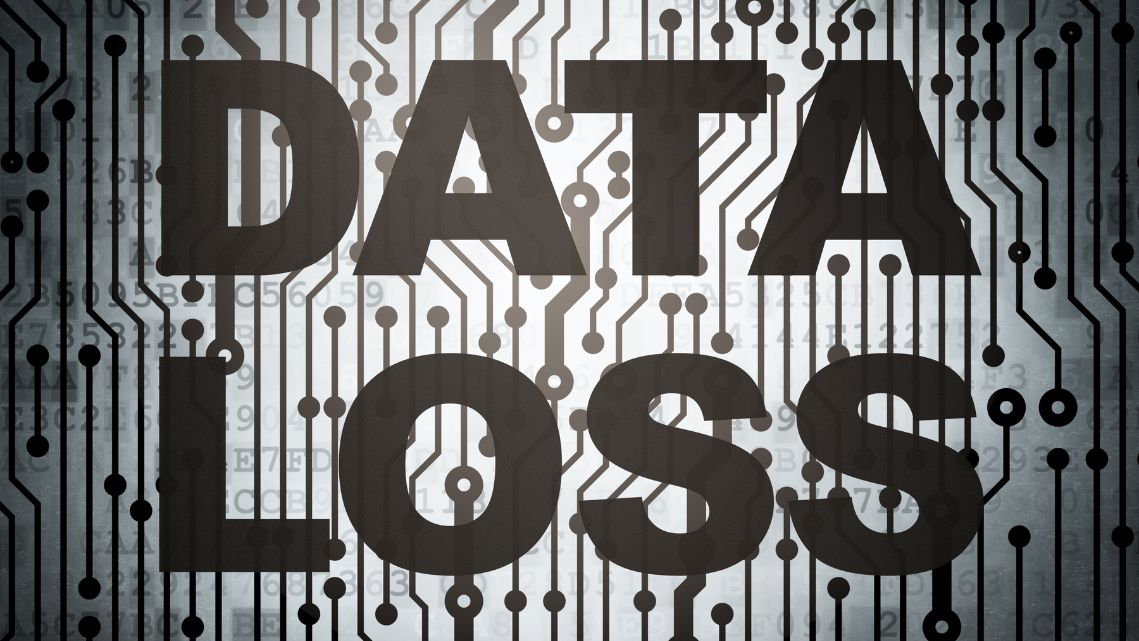different types of computer storage: HDD, SSD, and SSHD
Hard Disk Drives (HDDs
HDDs have been the standard for computer storage for many years. They consist of spinning magnetic disks, known as platters, and a mechanical arm that reads and writes data to the platters. HDDs offer large storage capacities at relatively affordable prices, making them ideal for storing vast amounts of data such as documents, multimedia files, and applications. However, they are slower in terms of data transfer rates and access times compared to SSDs and SSHDs.
To learn more about HDDs, you can visit the following links:
Solid-State Drives (SSDs)
SSDs have gained popularity in recent years due to their superior performance and reliability. Unlike HDDs, SSDs have no moving parts and use flash memory to store data. This results in significantly faster data transfer rates, quicker boot times, and reduced application loading times. SSDs are also more resistant to physical shocks, making them a suitable choice for portable devices. However, SSDs tend to be more expensive per gigabyte compared to HDDs.
To learn more about SSDs, you can visit the following links:
HowStuffWorks – How Solid-State Drives Work
Digital Trends – SSD vs. HDD: What’s the Difference?
Solid-State Hybrid Drives (SSHDs)
SSHDs combine the best of both worlds by integrating the features of both HDDs and SSDs into a single storage solution. They consist of a traditional HDD for high-capacity storage and a smaller SSD cache for frequently accessed data. The SSD cache improves performance by storing frequently used files and applications, allowing for faster access. SSHDs offer a balance between storage capacity and performance, making them a cost-effective option for users who require ample storage with improved speed.
To learn more about SSHDs, you can visit the following links:
Western Digital – Understanding SSHD Technology
TechRadar – SSHD vs. SSD: Which Hybrid Drive Is Best for Your Laptop?






